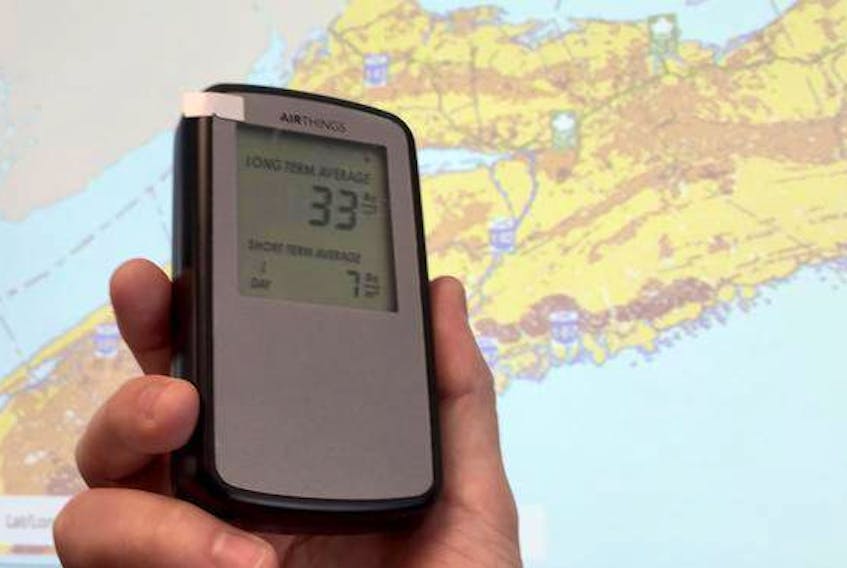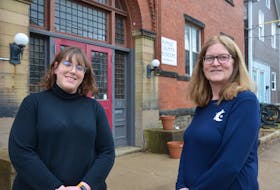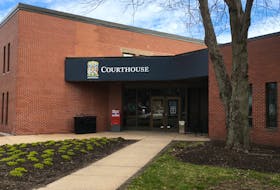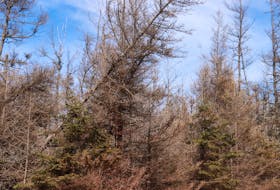Svetlana Barkanova was convinced by her findings that every home in Nova Scotia must be tested for radon.
Four years ago, the Memorial University of Newfoundland physics professor and environmental radiation expert randomly tested homes across the province for the cancer-causing uranium byproduct. Many came in well above the current Health Canada guideline of 200 becquerels per cubic metre. Some peaked above 1,000.
“Everyone needs to test their home for radon, it’s that important,” said Barkanova.

She credits the province for spending $30,000 to help Nova Scotians have access to radon detectors. The money will buy 100 detectors that will be available for rent at libraries across the province. The library loan program started in 2017 with 150 test kits for rent and currently there are eight-month waiting lists in some areas. The additional detectors are expected to cut those waiting lists in half.
"The uptake has been phenomenal," said Dave MacNeil, a manager with Halifax Public Libraries. “Halifax alone has circulated them 1,160 times."
Energy and Mines Minister Derek Mombourquette made the announcement Thursday saying, "Nova Scotians deserve to have the information they need to make important decisions about their health and home.” Though the minister said test results were being monitored, he was unable to share any findings.
Neither did Robert Strang, the province’s chief medical officer of health, who said borrowers have the option of voluntarily sharing test results.
“We’re tracking them," said Strang. "But I can't tell you test findings for any given home.”
He said roughly 16 per cent of lung cancers in the province come from radon exposure.
“It’s important for people to understand the level of radon in their home," he said. "If there’s elevated levels there are effective and quite reasonable steps that can be taken to deal with the problem.”
Nova Scotia Department of Energy map showing radon potential by location. For a map you can zoom in on, click here:

A Department of Energy online map shows high uranium deposits throughout the province, particularly in areas in Halifax Regional Municipality, Lunenburg and Guysborough counties. The colourless, odourless gas typically enters a home through cracks in the foundation, accumulating in the basement. Remedying the problem varies from sealing cracks and holes, installing an air exchanger, or renovating your basement floor. The province does not offer remediation funding for homeowners.
Barkanova said household levels of radon in Nova Scotia are above the national average, but levels vary greatly from house to house.
"Just because a home is located in a high risk area it doesn’t necessarily mean it will show high levels of radon gas. There’s absolutely no way of knowing which homes in Nova Scotia have high levels of radon without doing the testing. The risk of lung cancer can be substantial if the amounts of radon are high.”
She credits the province for its effort to stay on top of the problem.
“Nova Scotia is one of the leaders in Canada about doing something about the threat," said Barkanova. “They’ve already tested all Nova Scotia schools; not many provinces have done that. Nova Scotia also made radon maps publicly available.”
Barkanova recommends residents visit https://takeactiononradon.ca for more information on testing and mitigation.
RELATED:









